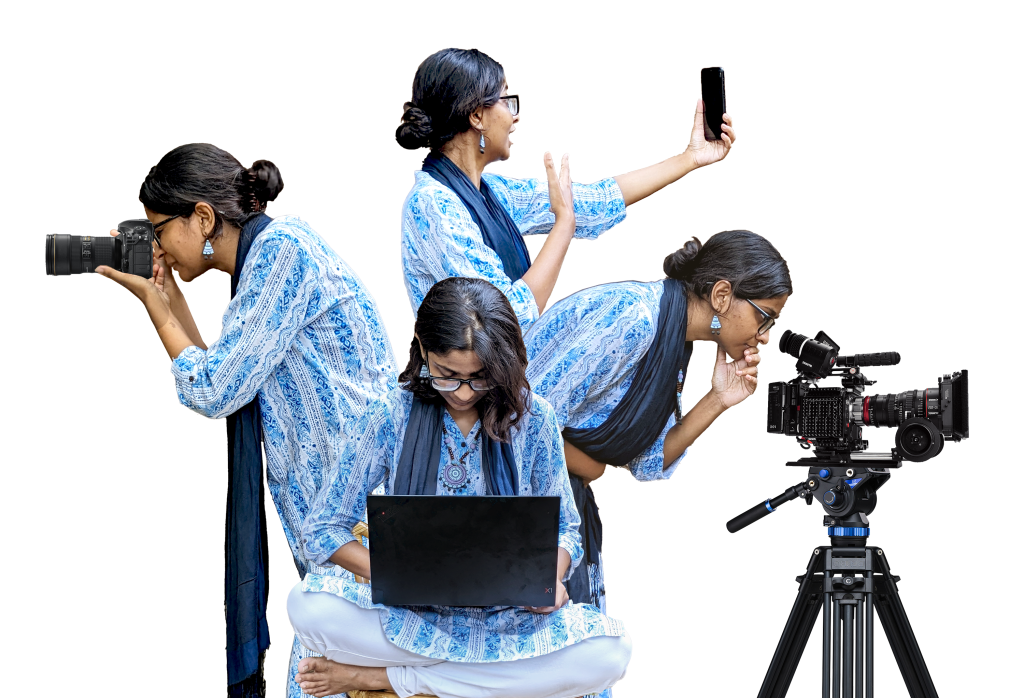
Jury Panel
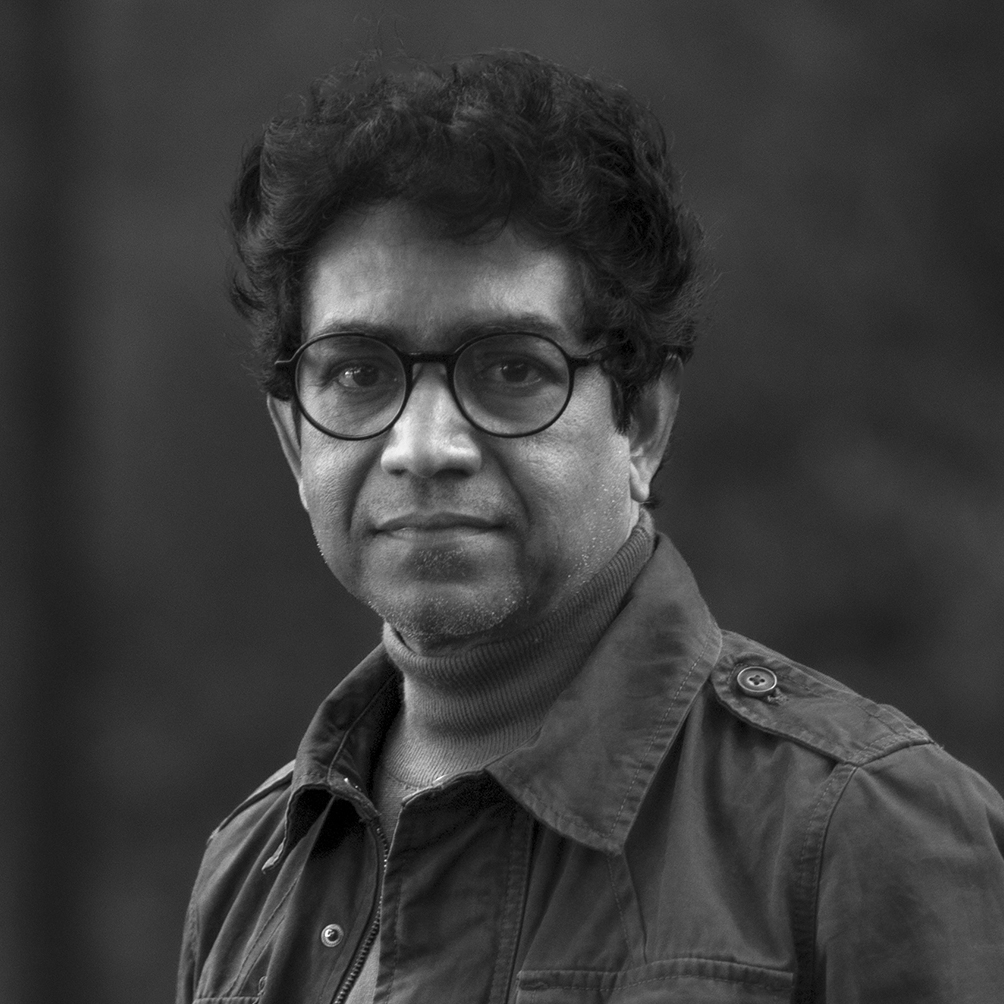
Abir Abdullah
Abir Abdullah is a prominent Bangladeshi photographer and educator, currently serving as the Photography Workshop Coordinator at the Alliance Française de Dhaka. With a Master’s degree in Marketing (M. Com) from Dhaka University, Abir’s journey into the world of photography began with formal education and workshops.
Abir Abdullah’s outstanding contributions to photography have earned him numerous accolades, including the Mother Jones International Fund for Documentary Photography Awards in 2001 and a nomination from the Humanity Photo Award in China in 1999. He has been recognized by prestigious institutions such as the Commonwealth Photo Contest, Alexia Foundation, Phaidon 55 Photography competition, and more.
His work has been showcased in exhibitions worldwide, including group exhibitions in London, Amsterdam, San Francisco, and Mexico City, as well as featured in renowned festivals like Visa pour l’Image in Perpignan, France, and Xposure International Photography Festival in Sharjah. Abir’s photographs have been published in esteemed publications such as The New York Times, Asiaweek, TIME, GEO-France, The Guardian, and many others. His notable contribution to contemporary photography is also acknowledged in books like “BLINK” by Phaidon Press, UK.
Abir Abdullah’s online presence is marked by his website www.abirabdullah.com a
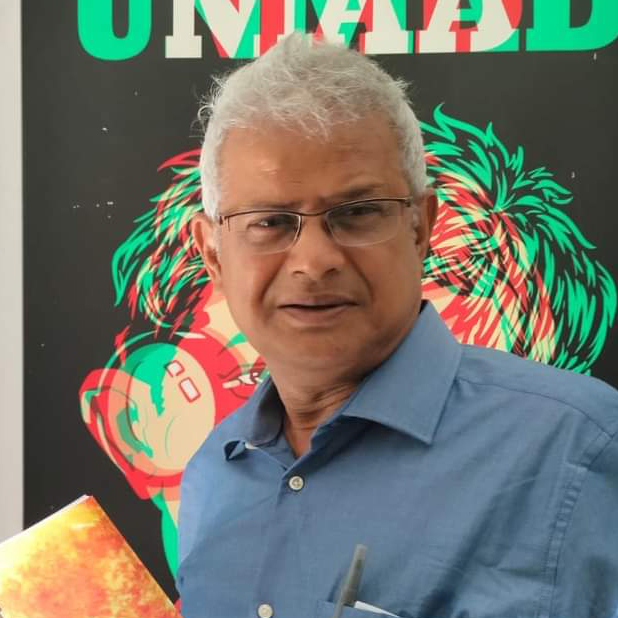
Ahsan Habib
Ahsan Habib, a prominent Bangladeshi cartoonist, writer, and editor of the satirical magazine Unmad, had a diverse upbringing due to his father’s role as a police officer. Unfortunately, his father, Faizur Rahman Ahmed, lost his life during the Bangladesh Liberation War in 1971.
Born as the third son to Faizur Rahman Ahmed and Ayesha Foyez, Ahsan Habib’s family includes his elder brother Humayun Ahmed, a renowned writer and filmmaker, and another brother Muhammed Zafar Iqbal, who is also a notable writer and educationist. Ahsan is married to Afroza Amin, and they have a daughter named Shabnam Ahsan.
Growing up in various parts of Bangladesh, including Jagdal, Panchagarh, Rangamati, Bandarban, Chittagong, Bogra, Comilla, and Pirojpur, Habib attended more than eight schools before completing his SSC exam. He holds an MSc degree in geography from the University of Dhaka.
Ahsan Habib embarked on his career as a cartoonist and writer, later becoming the editor of Unmad, a long-running satire magazine since the early 1980s. He also served as the editor of Bengali science fiction magazines, namely Moulik, Autoline, and Ghuddi. As an advisor to the Bangladesh Cartoonist Association, Habib has left a significant impact on the field.
In addition to his cartooning endeavors, Ahsan Habib is recognized for designing numerous covers and contributing to the art of writing Sher, a short, witty, satiric poem prevalent in the Indian Subcontinent.
In 2015, he took on the role of a professor in the Department of Multimedia and Creative Technology (MCT) at Daffodil International University, specializing in Graphic Novel instruction. Ahsan Habib’s multifaceted contributions continue to shape the world of cartooning and satire in Bangladesh.
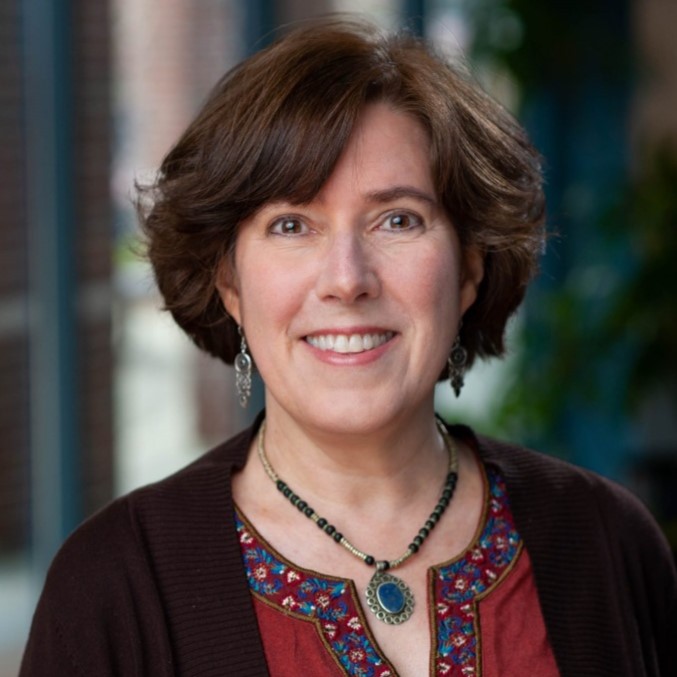
Catherine Masud
Catherine Masud is an internationally acclaimed filmmaker and educator who has made a significant impact in the field of filmmaking. She has spent much of her career overseas, primarily in Bangladesh. Her films have addressed themes of economic and social justice, war and genocide, and the interplay of religious and cultural identity.
Now based in the United States, Catherine continues her work as a filmmaker while also teaching, lecturing, and advocating for various causes. She holds a joint appointment with the Department of Digital Media and Design within the School of Fine Arts and the Human Rights Institute at the University of Connecticut (UConn), and has a keen research interest in leveraging human rights archives for teaching and visual storytelling.
Catherine’s first fiction feature, Matir Moina (The Clay Bird), won the International Critics’ Prize at Cannes and became the first Bangladeshi film to compete in the Oscars. Her latest film, A Double Life, premiered at the Mill Valley Film Festival in the USA in October, where it won the Audience Favorite Award. Catherine’s films have received support from prestigious grant-giving organizations such as the Ford Foundation, the Hubert Bals Fund, and the French Government South Fund.
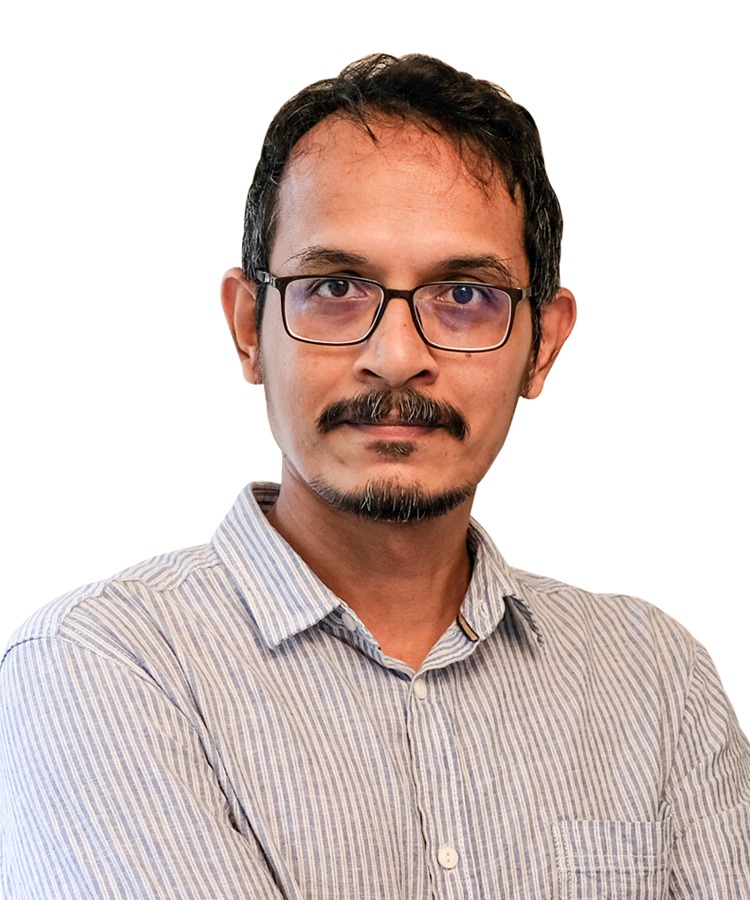
Sabyasachi Mistry
Sabyasachi Mistry, a prominent figure in contemporary artistry and illustration, was born in 1980 and found his artistic calling at the Institute of Fine Arts of Dhaka University. Graduating with distinction, Mistry’s journey unfolded into a prolific career marked by versatility and creative ingenuity. Widely regarded as one of the industry’s most gifted artists, Sabyasachi Mistry has made indelible contributions to cover design. His portfolio boasts an array of book covers, each a testament to his conceptual brilliance. Notably, his art transcends age demographics, resonating with both adults and children. His adept manipulation of light, structure, and figure imbues his work with a timeless and universal appeal.
Beyond the realm of book covers, Mistry has etched his mark in the world of illustration. Esteemed publishers, including BCCP, UNICEF, Room to Read, Save the Children, Tdh-Italy, and OXFAM GB, have sought his creative vision for various projects. His illustrations have graced the pages of major Bengali and English newspapers, further solidifying his influence in the visual storytelling domain. Sabyasachi Mistry’s commitment to artistic excellence extends to mentorship. Having undergone training with industry luminaries like Ram Mohan, Neil McKee, and Barbara Kolacky, the minds behind the Meena project, he imparts his knowledge through workshops and training sessions. His dedication to developing emerging artists underscores a passion for fostering the next generation of creative minds.
Mistry’s artistic mastery encompasses various media, from traditional brush on paper to cutting-edge digital tools. His exploration of different techniques reflects a nuanced understanding of visual storytelling, setting him apart in the artistic landscape. Importantly, his work goes beyond aesthetics, demonstrating a social consciousness evident in collaborations with international development agencies. He has contributed illustrations for training and awareness materials, aligning his art with impactful causes.
Competition Categories
